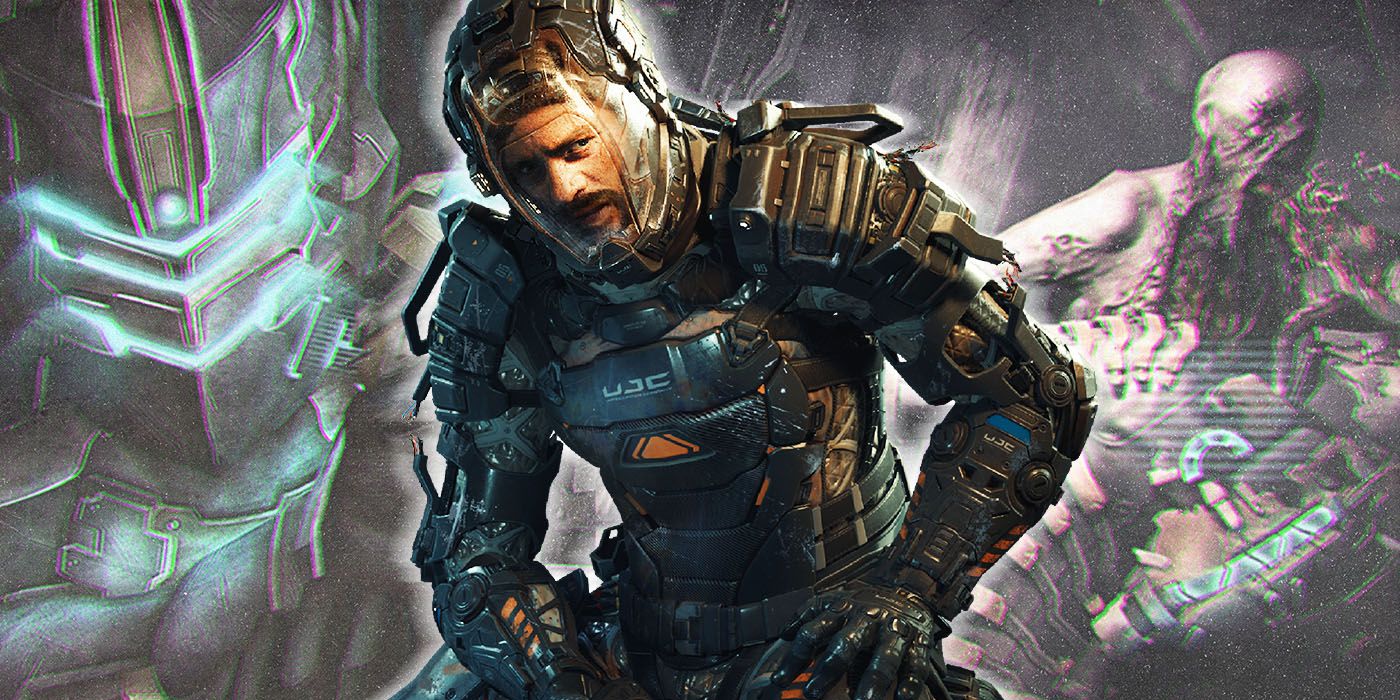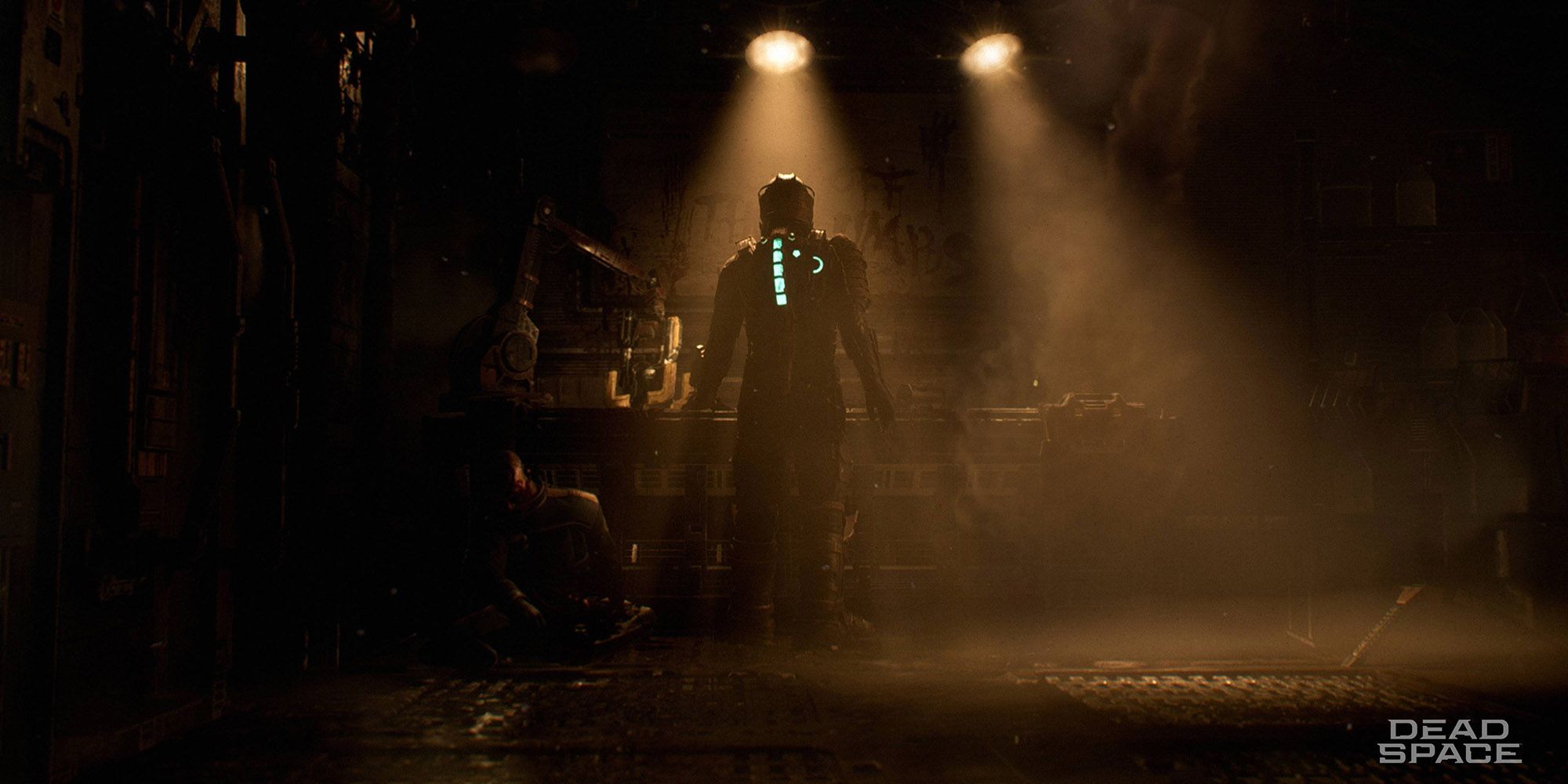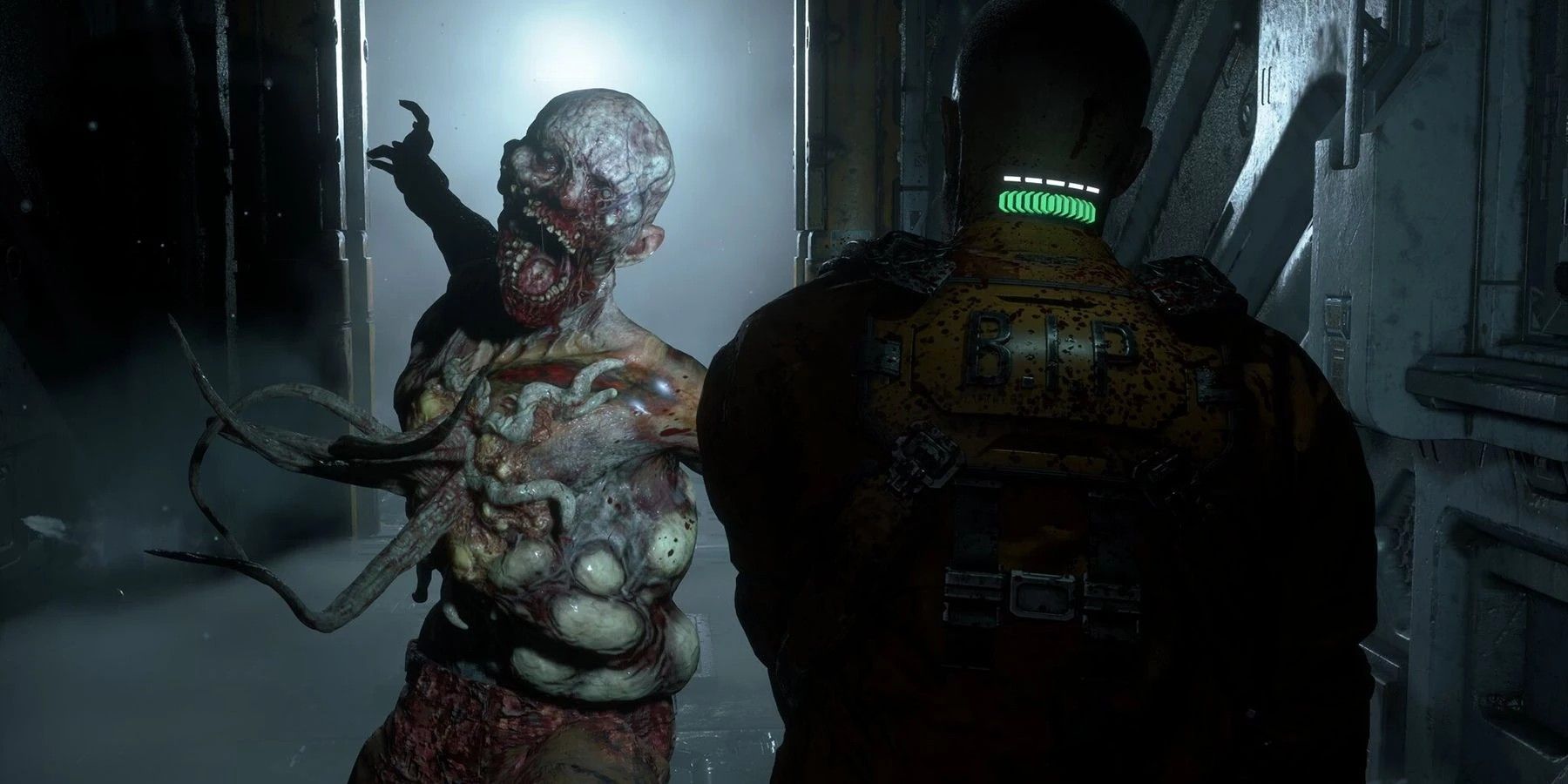The Callisto Protocol is about to release for everyone to experience in all its gory detail. Throughout its marketing period, the game has not been shy about its use of Dead Space as a source of inspiration. The Callisto Protocol draws on Dead Space's aesthetic, gore and overall feeling of hopelessness to create its own identity as a survival horror game.
There is a lot that gamers will have to wait and see about regarding The Callisto Protocol. The main thing that remains to be seen, however, is whether the game will be able to improve upon the Dead Space formula while avoiding the pitfalls that became a sticking point for horror fans.
The Rise and Decline of Dead Space's Horror
When the first Dead Space was released in 2008, it came into a market that was starved for truly unique and blood-curdling horror content. With the Silent Hill series in steady decline and Resident Evil 7 a long way off, horror-loving gamers had been relegated to getting their fix by exploring indie titles or returning to older classics. Sci-fi titles were also seeing more interest as Mass Effect had recently launched to near-universal acclaim. Dead Space was a welcome breath of fresh air in an environment ripe for its existence. With its excellent sound design, claustrophobic levels and truly gruesome Necromorphs, Dead Space was destined to become an instant horror classic among lovers of the genre.
As the series continued, however, there was a distinct drop-off in how the horror was integrated into the story and gameplay. Where the USG Ishimura was an enclosed and oppressive space where the player was often only accompanied by the sounds of Isaac's breathing and the broken humming of the equipment, the Sprawl and Tau Volantis were bombastic action set pieces. The actual atmosphere-building aspects of the Dead Space design were scraped away to focus on Isaac's ability to use power tools as a method of house cleaning. The Necromorphs became less and less of a threat as time went on and Isaac tapped into his inner Space Marine. By giving Isaac his voice, much of the horror of the setting was lost even though he could verbalize his fear. Players were much less involved in that fear response as a result.
While there is definitely a lot of fun to be had in a Doom-style shoot-em-up, it can't be overstated how disappointing this was for most fans of the first game. Dead Space began as a truly immersive horror game that fell into the action game trap that many other beloved franchises often find themselves stumbling into in the pursuit of a wider audience. Much of this is due to executive meddling, but there are still good lessons from this ordeal to keep in mind for games hoping to tread similar ground.
Fans Are Hungry for Sci-Fi Horror That's Truly Terrifying
Space has captivated the minds of humans for as long as they have looked up at the stars and dreamed of the endless possibilities above them. Space taps into one of the deepest fears of the human condition: fear of the unknown. Dead Space expertly tapped into that visceral fear only for later installments to lose that momentum and, by extension, a lot of its core audience. What draws gamers into horror settings is the sensation of helplessness and the adrenaline rush that comes with making it out alive by the skin of their teeth. It's an accomplishment to survive. By ramping up the action, much of that sense of accomplishment goes away and leaves the experience as something more empty.
The Callisto Protocol has many horror-loving gamers eagerly awaiting the gory possibilities. With parts of the team that worked on the original Dead Space at the helm, it should be a relative slam dunk for Striking Distance Studios, especially riding the momentum of a proven formula and an audience hungry for more sci-fi-themed nightmares. The Callisto Protocol is a way for the team to prove how well the original formula works, and, in many ways, to show why EA's executive meddling truly missed the point of what made Dead Space great.



